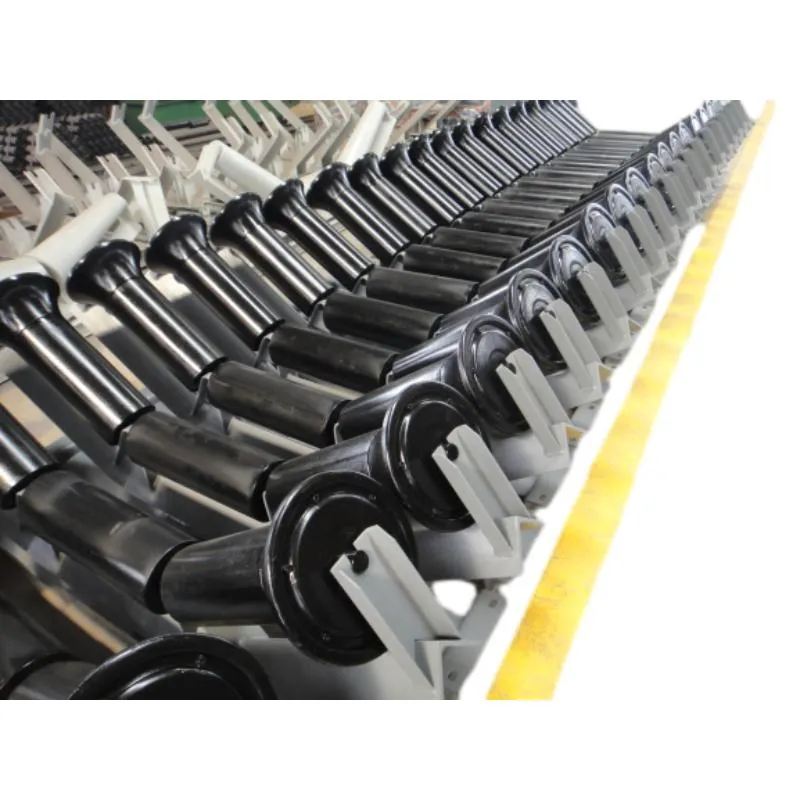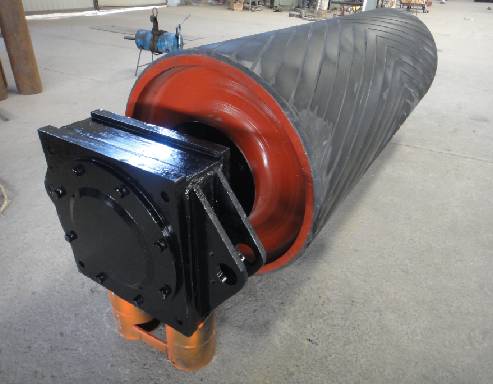 Afrikaans
Afrikaans  Albanian
Albanian  Amharic
Amharic  Arabic
Arabic  Armenian
Armenian  Azerbaijani
Azerbaijani  Basque
Basque  Belarusian
Belarusian  Bengali
Bengali  Bosnian
Bosnian  Bulgarian
Bulgarian  Catalan
Catalan  Cebuano
Cebuano  Corsican
Corsican  Croatian
Croatian  Czech
Czech  Danish
Danish  Dutch
Dutch  English
English  Esperanto
Esperanto  Estonian
Estonian  Finnish
Finnish  French
French  Frisian
Frisian  Galician
Galician  Georgian
Georgian  German
German  Greek
Greek  Gujarati
Gujarati  Haitian Creole
Haitian Creole  hausa
hausa  hawaiian
hawaiian  Hebrew
Hebrew  Hindi
Hindi  Miao
Miao  Hungarian
Hungarian  Icelandic
Icelandic  igbo
igbo  Indonesian
Indonesian  irish
irish  Italian
Italian  Japanese
Japanese  Javanese
Javanese  Kannada
Kannada  kazakh
kazakh  Khmer
Khmer  Rwandese
Rwandese  Korean
Korean  Kurdish
Kurdish  Kyrgyz
Kyrgyz  Lao
Lao  Latin
Latin  Latvian
Latvian  Lithuanian
Lithuanian  Luxembourgish
Luxembourgish  Macedonian
Macedonian  Malgashi
Malgashi  Malay
Malay  Malayalam
Malayalam  Maltese
Maltese  Maori
Maori  Marathi
Marathi  Mongolian
Mongolian  Myanmar
Myanmar  Nepali
Nepali  Norwegian
Norwegian  Norwegian
Norwegian  Occitan
Occitan  Pashto
Pashto  Persian
Persian  Polish
Polish  Portuguese
Portuguese  Punjabi
Punjabi  Romanian
Romanian  Russian
Russian  Samoan
Samoan  Scottish Gaelic
Scottish Gaelic  Serbian
Serbian  Sesotho
Sesotho  Shona
Shona  Sindhi
Sindhi  Sinhala
Sinhala  Slovak
Slovak  Slovenian
Slovenian  Somali
Somali  Spanish
Spanish  Sundanese
Sundanese  Swahili
Swahili  Swedish
Swedish  Tagalog
Tagalog  Tajik
Tajik  Tamil
Tamil  Tatar
Tatar  Telugu
Telugu  Thai
Thai  Turkish
Turkish  Turkmen
Turkmen  Ukrainian
Ukrainian  Urdu
Urdu  Uighur
Uighur  Uzbek
Uzbek  Vietnamese
Vietnamese  Welsh
Welsh  Bantu
Bantu  Yiddish
Yiddish  Yoruba
Yoruba  Zulu
Zulu Jan . 13, 2025 11:37
Back to list
belt conveyor troughing idlers
Belt conveyor troughing idlers are pivotal components in the material handling industry, significantly enhancing the operational efficiency and safety of conveyor systems used across various sectors such as mining, agriculture, and manufacturing. Understanding their function, design, and proper maintenance is crucial for ensuring the overall performance and reliability of the conveyor system.
Establishing best practices for the installation and adjustment of troughing idlers is essential for maximizing their effectiveness. Proper installation techniques involve aligning the idlers perfectly perpendicular to the conveyor frame and parallel to each other and the belt. Ensuring they are firmly secured and evenly spaced prevents vibrations and material spillage, enhancing overall system reliability and performance. Safety considerations around the use of belt conveyor troughing idlers also deserve attention. Industry regulations often mandate specific safety standards and practices when working with or around conveyor systems. Incorporating safety guards and emergency stop mechanisms near troughing idlers can mitigate accident risks. Furthermore, conducting regular safety training for personnel ensures everyone is knowledgeable about the proper handling and related safety protocols. As a trusted component in multiple industrial applications, belt conveyor troughing idlers can significantly influence the sustainability and efficiency of material handling processes. Investing in high-quality idlers and adhering to rigorous maintenance schedules not only reinforces the operational integrity of the conveyor system but also collectively contributes to optimizing overall productivity and cost-effectiveness within an organization. By considering the sophisticated design, diligent maintenance, and safety measures associated with belt conveyor troughing idlers, industries can rely on these crucial components to support the seamless and safe transport of materials, ultimately leading to enhanced operational excellence and profitability.


Establishing best practices for the installation and adjustment of troughing idlers is essential for maximizing their effectiveness. Proper installation techniques involve aligning the idlers perfectly perpendicular to the conveyor frame and parallel to each other and the belt. Ensuring they are firmly secured and evenly spaced prevents vibrations and material spillage, enhancing overall system reliability and performance. Safety considerations around the use of belt conveyor troughing idlers also deserve attention. Industry regulations often mandate specific safety standards and practices when working with or around conveyor systems. Incorporating safety guards and emergency stop mechanisms near troughing idlers can mitigate accident risks. Furthermore, conducting regular safety training for personnel ensures everyone is knowledgeable about the proper handling and related safety protocols. As a trusted component in multiple industrial applications, belt conveyor troughing idlers can significantly influence the sustainability and efficiency of material handling processes. Investing in high-quality idlers and adhering to rigorous maintenance schedules not only reinforces the operational integrity of the conveyor system but also collectively contributes to optimizing overall productivity and cost-effectiveness within an organization. By considering the sophisticated design, diligent maintenance, and safety measures associated with belt conveyor troughing idlers, industries can rely on these crucial components to support the seamless and safe transport of materials, ultimately leading to enhanced operational excellence and profitability.
Latest news
-
Revolutionizing Conveyor Reliability with Advanced Rubber Lagging PulleysNewsJul.22,2025
-
Powering Precision and Durability with Expert Manufacturers of Conveyor ComponentsNewsJul.22,2025
-
Optimizing Conveyor Systems with Advanced Conveyor AccessoriesNewsJul.22,2025
-
Maximize Conveyor Efficiency with Quality Conveyor Idler PulleysNewsJul.22,2025
-
Future-Proof Your Conveyor System with High-Performance Polyurethane RollerNewsJul.22,2025
-
Driving Efficiency Forward with Quality Idlers and RollersNewsJul.22,2025
OUR PRODUCTS





























